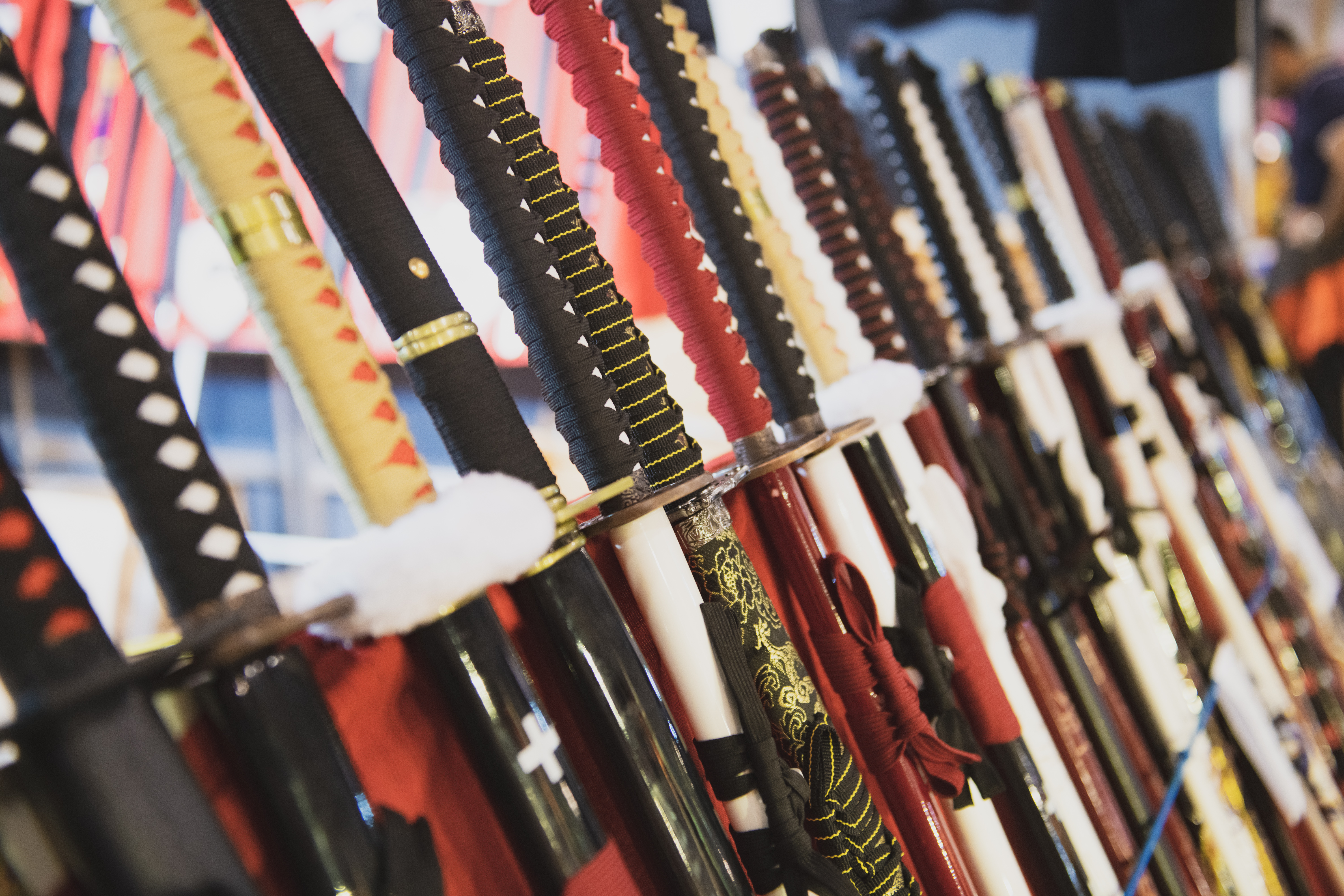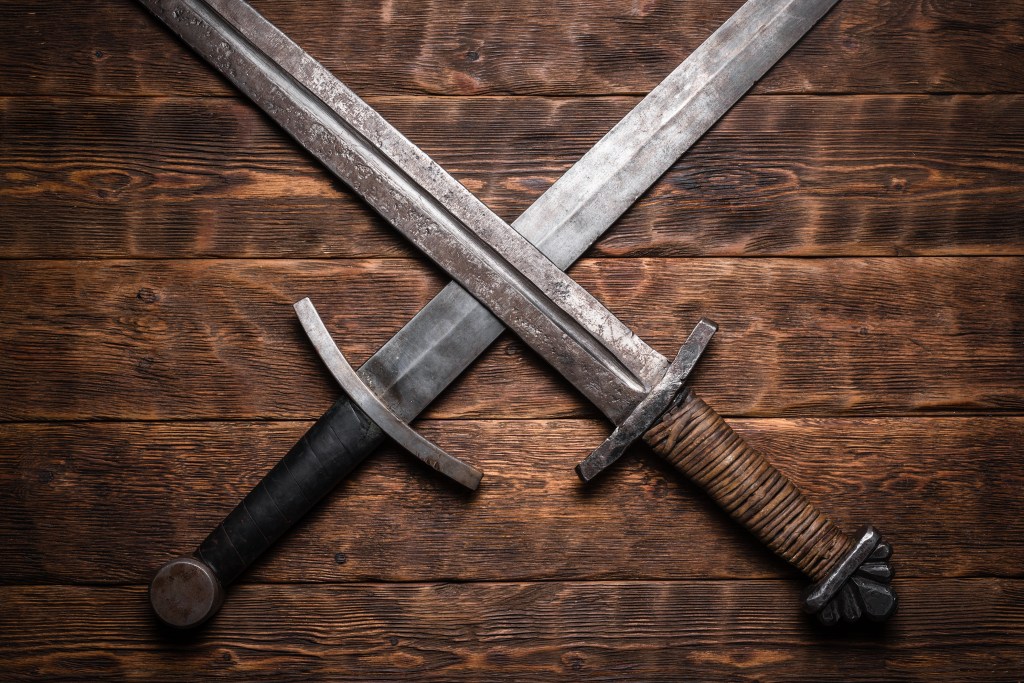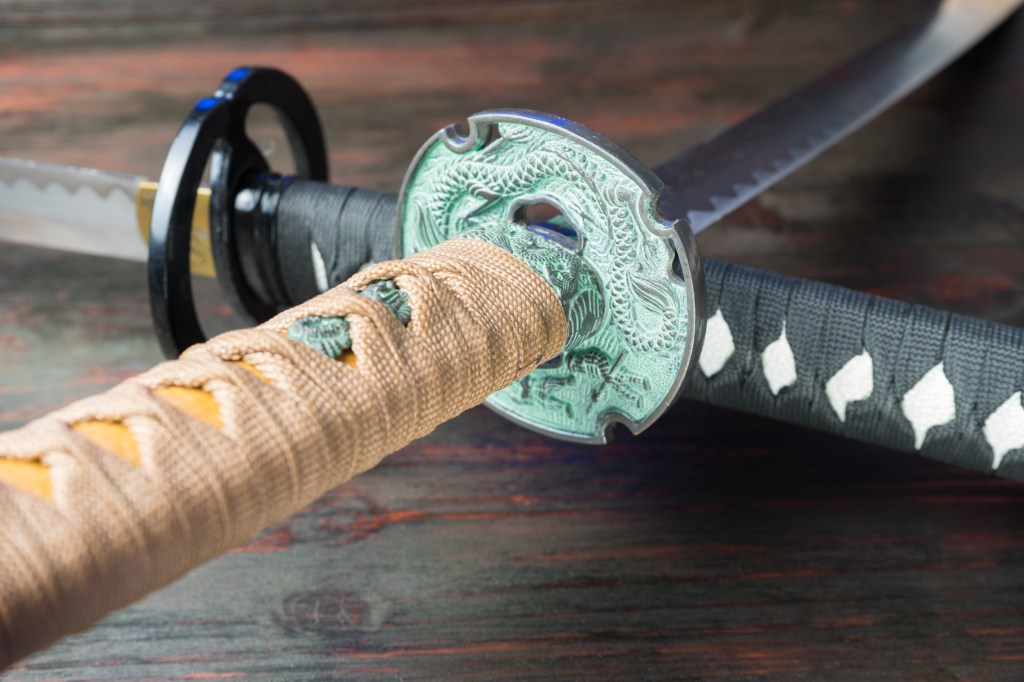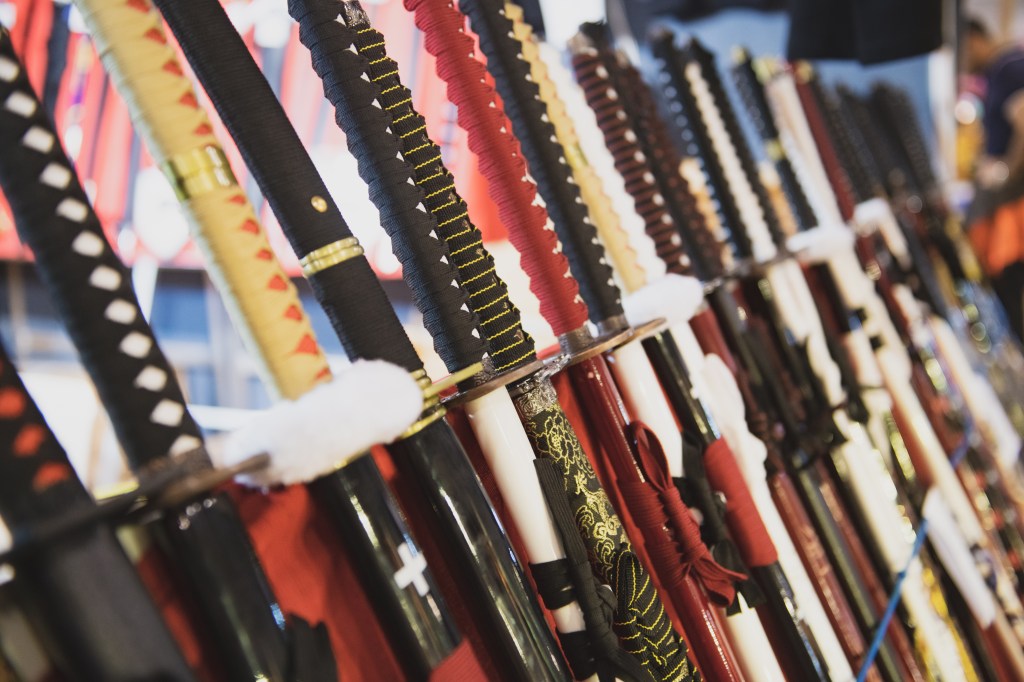
Antique Swords Identification Guide for Beginners

Antique Swords Identification Guide for Beginners
Introduction to Antique Sword Collecting
The world of antique sword collecting is a fascinating journey into the past, offering a unique lens through which to view history and culture. More than mere weapons, these artifacts serve as tangible connections to the societies and ancient times where they originated. Each blade tells a story, not just of the battles it may have seen but of the craftsmanship, artistic trends, and technological advancement of its time.
The hilt and guard can be equally telling. Engravings and decorative elements may enhance the sword’s beauty and hint at its historical context. The materials used for the hilt can reveal the sword’s age; older swords typically have hilts made of wood, whereas modern reproductions often use synthetic materials. It’s recommended to trace the sword’s ownership history, if possible. A sword with a known and well-documented history can often command a higher value.
Collecting antique swords is not merely an acquisition of objects; it’s an engagement with the historical and cultural significance that these pieces embody. As collectors, we become custodians of history, preserving these heritage symbols for future generations to study and appreciate.

Identifying Antique Swords
Identifying antique swords is both an art and a science, requiring a keen eye for detail and a deep understanding of history. When examining a sword, the blade is the first place to start; look for any markings, inscriptions, or distinctive features like a symbol that could indicate its origin. Signatures or maker marks, often found on the blade, are crucial indicators of authenticity and historical significance. The shape and design of the blade itself can also offer clues about the era in which it was crafted.
Collecting antique swords, particularly those of Japanese origin, is a popular and lucrative hobby worldwide. When determining the value of an antique sword, there are six primary factors to consider: age, condition, origin, type, rarity, and original scabbard. Additionally, original documentation, such as photographs or certificates of historical significance. Details about the recipient can also increase value as the bravery behind these antique-edged weapons often inspires buyers.
Understanding these nuances takes extensive research and experience, but these tips provide a solid foundation for identifying authentic antique swords.

Asian and Middle Eastern swords
Samurai warriors of feudal Japan used the katana sword. They used it as a slashing weapon and wore two swords called daisho. Another highlight in the world of Japanese swords is the work of Go Yoshihiro, a name synonymous with the pinnacle of Japanese swordsmithing in the 13th Century. His creations are weapons and works of art, commanding prices between $150,000 to $175,000 at auctions like Bonhams. Chinese warriors used the double-edged Jian and the single-edged dao as their weapons. The Jian was popular as a ceremonial sword, while the cavalry preferred the Dao.
The Shamshir is a Persian saber with a curved blade, while the talwar is the archetypal sword of Mughal India. Both are known for their craftsmanship and are displayed in museums today.

European swords
Viking swords are particularly rare, with very few intact examples, making them highly prized. Among the pantheon of legendary swords, Joyeuse, known as the sword of French Kings, stands out for its historical significance and presence in the Louvre, Paris, dating back to the 10th to 11th century. This iconic sword is among the most replicated today, underscoring its enduring allure. European aristocrats used hunting swords to finish off wounded animals in the 16th century. They were also used for hunting bears or wolves and were short enough to be easily carried in the forest. Cavalrymen used broad and basket-hilted broadswords in the 16th and 17th centuries. The demand for antique European swords is increasing due to their appreciated value. Swords can be very expensive, and most European Swords were destroyed or cast into the sea at the demise of their master, which makes any find rare and costly.
With their rich histories and exquisite craftsmanship, these swords continue to captivate collectors and historians alike, embodying a blend of art, history, and rarity that is unmatched in the collector’s world.
How to Start Your Antique Sword Collection
Starting a collection can be a thrilling and rewarding hobby. As a beginner, choosing items that genuinely interest you is important. Follow along for some practical advice for beginners on how to start a collection, including where to buy and what to look for in your first purchases.
Starting a collection
If you’re interested in sword collecting, start with affordable 19th and 20th-century military swords. Attend auctions, talk to dealers and collectors, and handle swords to learn more. Identifying blades follows the same process regardless of origin. Study blades at auctions, antique fairs, museums, and shops, and use online resources. Focusing on one type of sword and fully understanding it is advisable. Experts and dealers like Harvey JS Withers and the Metropolitan Museum of Art offer helpful resources. Sword-Site provides information on over 800 swords with descriptions and photos.
Buying antique swords
If you’re looking to buy antique-edged weapons, a few different options are available. The safest option is to buy from a reputable, licensed dealer who can provide you with a certificate of authenticity and guarantee when you purchase a weapon. However, this option may not be the most cost-effective. Another option is to reach out to dealers and vendors for a good idea of their knowledge. You should also trust your instincts when making a purchase. Auctions, yard sales, estate sales, and flea markets are potential places to find antique-edged weapons. You can also check online auction sites like eBay, which represents numerous auction houses and offers a variety of antique swords. Dealers and auctions can be found all over the world.

Caring for and Preserving Your Antique Swords
Maintaining and preserving antique swords is crucial to retain their value and ensure they remain in good condition for future generations.
Sword maintenance
Best practices for sword maintenance involve a regular, gentle cleaning to remove any dust or oil that could corrode the metal over time. It’s important to handle these antiques carefully, ideally wearing gloves to prevent the transfer of acids from your skin. Storage in a controlled environment, away from extreme temperature fluctuations and humidity, helps prevent rust and degradation.
Preservation
Using Renaissance wax or a similar product can also provide a protective barrier without harming the sword’s surface.
Following these care tips ensures that antique swords’ historical and monetary value is preserved.
Insuring Your Antique Sword Collection
When it comes to insuring antique swords, understanding their appraisal values is crucial for choosing the right insurance policy. First and foremost, obtaining a professional appraisal from a reputable expert in antique weaponry can provide an accurate estimate of the sword’s value, which is essential for insurance purposes. This value not only reflects the historical significance and rarity of the piece but also its condition and provenance. With a certified appraisal in hand, the next step is to research insurance companies that specialize in insuring antiques or collectibles.
These specialized policies can offer more comprehensive coverage compared to standard homeowners insurance, covering scenarios such as accidental damage, theft, or loss. It’s important to compare policies and premiums, paying close attention to the details of what is and isn’t covered, to ensure that your treasured antique swords are fully protected.

FAQ Section
What are some common features to look for in identifying an antique sword?
Key features include the type of metal used, craftsmanship details, and any maker’s marks or engravings that can denote authenticity and origin.
Where is the best place to find antique swords?
Antique swords can be found through reputable dealers, auctions, and specialized shows dedicated to military or historical collectibles.
How do I know if my antique sword is valuable?
Value can be assessed based on the sword’s age, rarity, condition, and historical significance, often determined through professional appraisal.
What steps should I take to properly insure my antique sword?
Obtain a detailed appraisal from a qualified expert, document the condition of the sword with high-quality photos, and choose an insurance policy that specifically covers collectible antique weapons.
Sources
https://www.quora.com/What-are-some-tips-for-identifying-old-swords-that-may-be-valuable
https://www.warwickandwarwick.com/valuations/swords-edged-weapons-valuations
https://swordis.com/blog/antique-swords/
https://www.warwickandwarwick.com/news/guides/sword-collecting-guide-for-beginners
https://www.lovetoknow.com/home/antiques-collectibles/antique-swords
http://myarmoury.com/feature_eval.html
About Collectibles Insurance Services
Collectibles Insurance Services has been protecting collections since 1966 and all coverage is provided by a carrier with a group rating of “A” (Excellent) by AM Best, the leading rating agency for the insurance industry.
Comprehensive coverage includes, but is not limited to: accidental breakage, burglary, fire, flood, loss in the mail, theft, natural disasters, and other causes of loss unless specifically excluded from the policy. Deductibles start at $0 for collector policies and we provide coverage for the market value of your collection for losses in excess of $50.
Additionally the protection extends At home and away, and we don't require collection itemization and serial number nor extensive paperwork and red tape.
